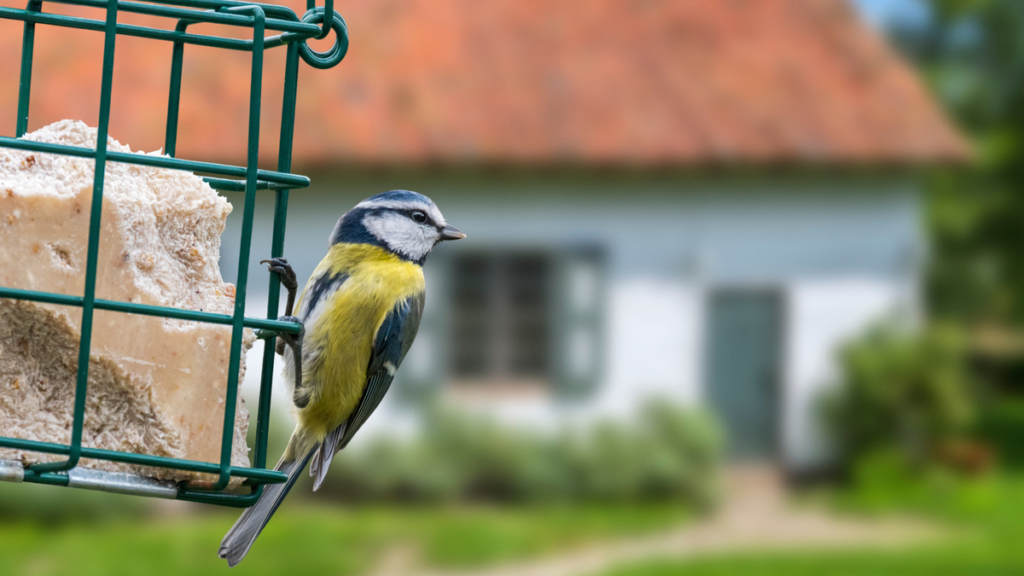Garden experts have revealed the signs your bird feeder could be infected with disease and what you can do to help these garden birds this year.
In January, the leading bird charity, the RSPB, warned against using bird feeder tables following the potential link to the disease Tricomonosis, which has been detrimental to Goldfinch and Chaffinch populations here in the UK.
It is important to attract birds to your garden to create a thriving ecosystem that is good for the wildlife and good for your garden. It is equally important that you check your bird feeders for signs of disease so your garden birds can flourish – not falter. This is everything you need to look out for.
1. There’s a change in behaviour in the birds in your garden
One of the biggest changes you may spot if your feeder is infected is if your garden bird’s behaviour changes.
‘If you’re noticing more birds looking unwell – acting sluggish, having trouble swallowing, or puffing up their feathers—that’s a big red flag,’ says David D’Angelo, pet nutritionist, animal advocate and Founder of Pet Food Reviews.
Conjunctivitis is another huge red flag, so if you notice your garden birds have swollen or crusty eyes or seem to have difficulty seeing, this could be an indicator that your bird feeder is infected.
2. You spot dropped food
‘Discarded food around the feeder can quickly become contaminated, especially with diseases like Trichomoniasis. Infected birds drop food with the parasite, which is then picked up by others, spreading the disease. If you see food left on the ground, it’s a sign the area may be spreading infection,’ says Richard Green, wildlife expert and head of production at Kennedy Wild Bird Food & Pet Supplies.
If birds are leaving or dropping food, this can lead to further diseases as: ‘If seeds, husks, or other leftovers are piling up on your bird table, they’ll start rotting and creating the perfect breeding ground for bacteria like Salmonella,’ says David.
3. Your bird feeder isn’t being cleaned regulary
Like you regularly need to clean a bird bath, you also need to keep on top of cleaning your bird feeder – because if you don’t, you could be creating a breeding ground for bacteria.
‘If you notice mouldy conditions or excessive droppings around the feeder, these are clear signs that your feeder is at risk of spreading disease. Regular cleaning to remove old food, droppings, and any standing water is important to prevent this,’ says Richard.
‘Birdseed should be replaced regularly, especially if it becomes wet. Wet seeds are prone to mould, which can be harmful to birds. If you notice that your feeder isn’t being visited frequently, try moving it to a new location or offering a different type of seed to attract more birds.
Inspired Bird Feeder Cleaner and Sanitiser
The RSPB recomends you clean your bird feeders and tables at least once a week to keep them sanitary.
Gardman A01821 Heavy Duty Squirrel Safe Peanut Feeder
A hanging bird feeder is recomended over bird feeder tables as there is less risk of disease spreading.
Gardman Bird Feeder Cleaning Brush
This cleaning brush is specially designed to reach every nook and cranny inside your bird feeder.
You can still feed the birds that visit your garden, however, ensure you keep your feeder clean and moniter the health of your birds.
Read the full article here
